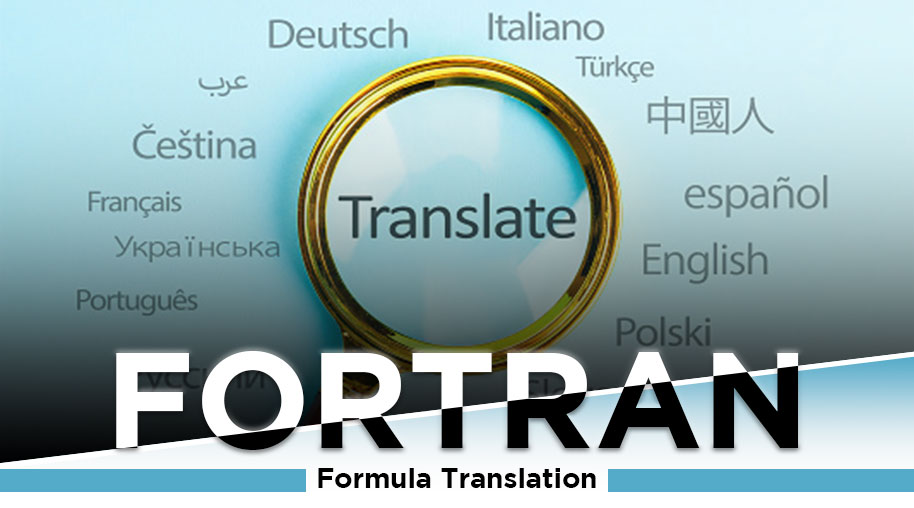EFT Full Form-Electronic Funds Transfer
by Shashi Gaherwar
0 1968
Electronic Funds Transfer (EFT): Mechanism, Benefits, and Role in Modern Banking
Introduction
With the rise of digital banking, Electronic Funds Transfer (EFT) has become an integral part of modern financial transactions. EFT allows for the seamless transfer of money between banks and financial institutions electronically, eliminating the need for physical cash or checks.

This article explores the mechanism, benefits, security aspects, and various types of EFT, highlighting its impact on the banking and financial sector.
What is Electronic Funds Transfer (EFT)?
Electronic Funds Transfer (EFT) refers to the digital movement of money between bank accounts using electronic systems. This process eliminates manual handling of transactions and significantly improves speed, efficiency, and security.
Common examples of EFT include:
- Online bank transfers
- Automated Teller Machine (ATM) transactions
- Direct deposits
- Debit card payments
- Mobile payment apps
How EFT Works
The EFT process involves multiple steps to ensure a secure and accurate transaction:
- Initiation
- The sender authorizes an EFT transaction through online banking, a point-of-sale terminal, or an automated system.
- Processing
- The financial institution processes the request, verifying account details and available balance.
- Authorization & Encryption
- Security measures such as PIN verification, encryption, and fraud detection ensure safe transactions.
- Settlement
- The recipient’s bank receives the funds, and the transaction is completed within seconds to a few business days, depending on the method used.
Types of Electronic Funds Transfer (EFT)
- Direct Deposit
- Employers use direct deposit to transfer salaries directly into employees’ bank accounts.
- Government agencies use it for benefits such as social security payments.
- Wire Transfers
- A fast and secure way to transfer funds internationally or domestically.
- Typically involves processing fees and verification steps to prevent fraud.
- Automated Clearing House (ACH) Transfers
- Used for bulk transactions, including bill payments and subscription services.
- Often more cost-effective than wire transfers.
- Debit & Credit Card Transactions
- Debit cards allow direct withdrawals from a bank account.
- Credit cards offer a line of credit, processed electronically at point-of-sale (POS) terminals.
- Mobile & Internet Banking Transfers
- Allows users to transfer funds instantly via banking apps, QR codes, or mobile payment services like PayPal and Venmo.
- ATM Transfers
- Enables cash withdrawals, balance inquiries, and fund transfers between accounts.
Benefits of EFT in Modern Banking
- Speed and Efficiency
- Transactions occur within seconds, improving convenience for businesses and individuals.
- Reduces the reliance on paper-based transactions, saving time and resources.
- Enhanced Security
- Reduces risks associated with cash handling, theft, or fraud.
- Features such as encryption, multi-factor authentication, and fraud detection enhance safety.
- Convenience and Accessibility
- Allows users to transfer money anytime, anywhere using online banking or mobile apps.
- Reduces the need to visit physical bank branches for basic transactions.
- Cost-Effectiveness
- Lowers transaction costs compared to traditional methods like paper checks or wire transfers.
- Automated transactions reduce administrative overhead for businesses.
- Global Reach
- Facilitates international transactions, supporting global commerce and trade.
- Enables expatriates and businesses to send and receive payments across borders seamlessly.
Security Measures in EFT Transactions
While EFT is secure, there are risks such as hacking, phishing, and identity theft. Financial institutions implement the following security measures:
- Encryption & Tokenization
- Protects sensitive financial data from cyber threats.
- Multi-Factor Authentication (MFA)
- Adds extra layers of security to transactions.
- Transaction Alerts & Monitoring
- Notifies users of suspicious activity and unauthorized transactions.
- Regulatory Compliance
- Financial authorities enforce strict guidelines to prevent money laundering and fraud.
Challenges of Electronic Funds Transfer
Despite its advantages, EFT has some challenges:
- Technical Glitches
- System failures or network issues can delay transactions.
- Cybersecurity Threats
- Increasing cases of online fraud and hacking attempts.
- Transaction Fees
- Some banks charge fees for certain EFT transactions, affecting cost-efficiency.
- Regulatory Compliance
- Financial institutions must adhere to international and national financial laws.
Future of EFT in Banking and Finance
The future of EFT is evolving with technological advancements such as:
- Blockchain & Cryptocurrency Integration
- Decentralized transactions using Bitcoin and stablecoins.
- Artificial Intelligence (AI) in Fraud Detection
- AI-powered security to prevent fraudulent transactions.
- Real-Time Payments (RTP)
- Faster transaction processing with instant settlements.
- Enhanced Mobile Payment Systems
- Seamless integration with e-wallets and contactless payment solutions.
Electronic Funds Transfer (EFT) has revolutionized modern banking by providing a secure, efficient, and convenient way to transfer money. With continued advancements in financial technology, EFT will further streamline global transactions, making cashless payments the standard for businesses and consumers worldwide.
By understanding the mechanism, benefits, and security measures of EFT, individuals and organizations can leverage this technology for better financial management and seamless digital transactions.
Further Learning Resources
If you’re passionate about building a successful blogging website, check out this helpful guide at Coding Tag – How to Start a Successful Blog. It offers practical steps and expert tips to kickstart your blogging journey!
For dedicated UPSC exam preparation, we highly recommend visiting www.iasmania.com. It offers well-structured resources, current affairs, and subject-wise notes tailored specifically for aspirants. Start your journey today!

Share:








Comments
Waiting for your comments